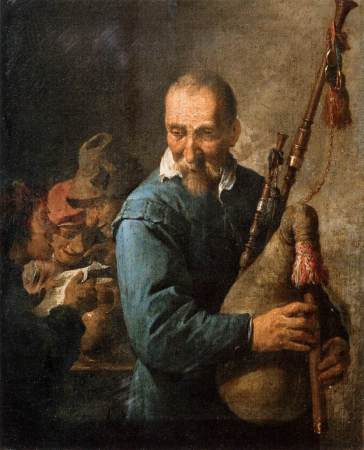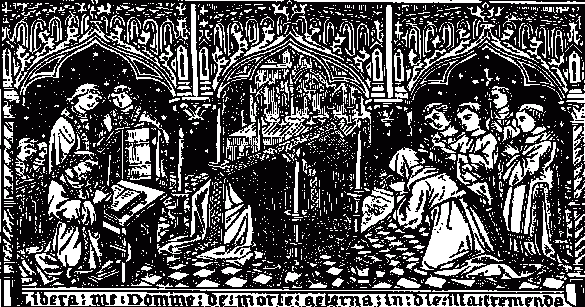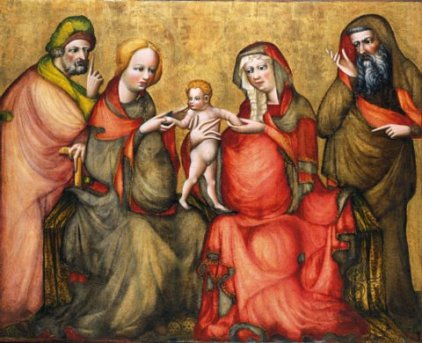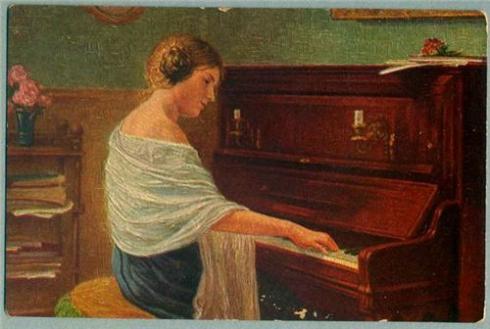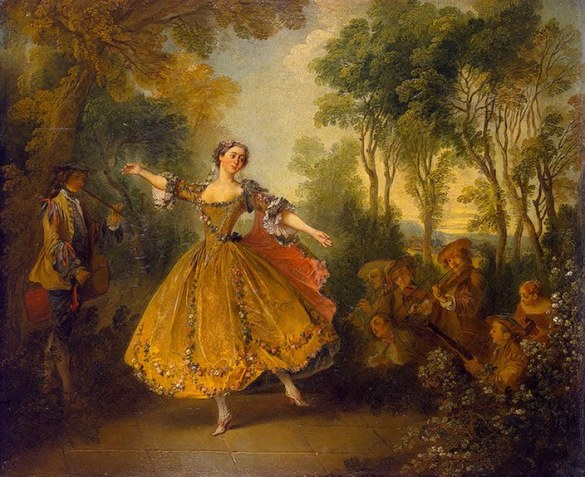(1) A small French bagpipe, very popular in aristocratic circles in the 17th and 18th centuries. In its most developed form, it consisted of a bellows-inflated windbag, two double-reed chanters with keys for semitones, and a set of four to six double-reed drones cylindrically arranged. Musettes were often lavishly finished: the bags covered with embroidered silks and velvet, the pipes made of ivory. The musette figured prominently in the pastoral ideology and pastoral entertainments of the times, and Boismortier, Hotteterre, and Rameau wrote music for it.
(2) A pseudopastoral dance piece of the 18th century, usually characterized by a drone in the bass imitating the instrument of the same name. Such pieces were danced in French ballet of the early 18th century. Keyboard suites sometimes include a musette, e.g., François Couperin’s Pièces de clavecin, ordre 15, and Bach’s English Suite no. 3 (where it is titled “Gavotte ou la musette”). Bartók wrote several pieces in this tradition, including “Bagpipe,” from the Mikrokosmos (bk. 5, no. 138), and “Dudas,” from the Petite Suite, and Schoenberg included a musette in his Suite for Piano op. 25.
